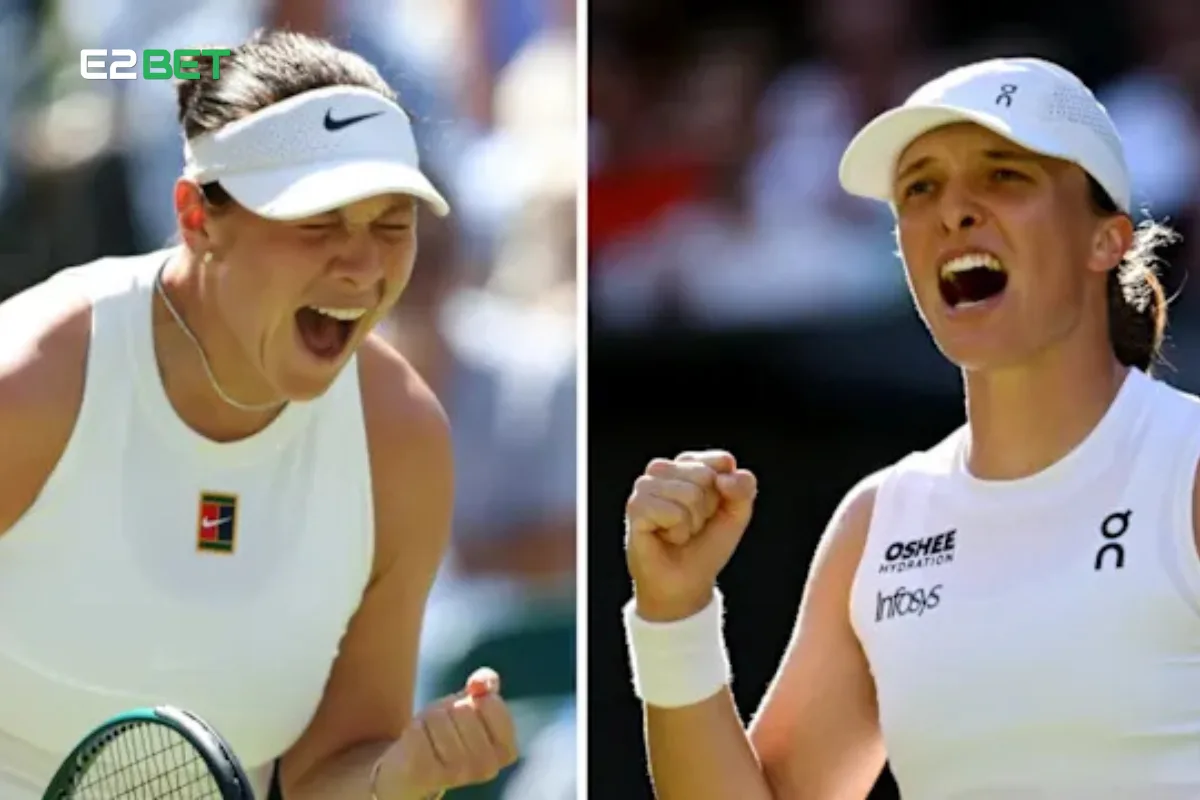The Battle of Strategies on Centre Court
When the Wimbledon final begins, tennis fans around the world will watch a strategic tennis play that feels much like a grandmaster’s chess match. Every serve, rally, and volley will be planned carefully, and the mental preparation for tennis will be as crucial as physical skill. Players know that grass-court strategy demands quick adjustments and split-second decisions to seize momentum.
The Serve and Return Duel
On grass, the serve becomes a weapon. The player who masters tennis serve techniques can dictate the rhythm of each point. But equally important is how they handle the return, especially when facing powerful deliveries. Past Wimbledon final history has shown that breaking serve even once can tilt the match. That’s why break point conversion will be a statistic to watch closely.
Baseline Control vs Net Play
Modern Wimbledon matches often involve a mix of baseline rally construction and daring net charges. When players feel pressure, they fall back on what they trust most—some rely on relentless groundstrokes, while others look for opportunities to attack the net. The champion will be the one who balances both styles and adapts to shifting match momentum importance.

Mental Toughness and Tie-Break Pressure
The mental side of the game can’t be underestimated. Playing under the gaze of the Wimbledon crowd influence, competitors must harness mental resilience tennis and maintain focus. History has proven that finals often come down to a tense tie-break, where pressure points in tennis decide everything. The player who stays calm and keeps belief, especially during long rallies, usually emerges victorious.
Endurance and Stamina Over Five Sets
While grass courts can shorten rallies, five-set matches at Wimbledon test player stamina like no other. Training for tennis endurance becomes vital. As the hours pass, unforced errors increase, and only the fittest and most mentally prepared survive. The crowd’s energy, combined with each player’s pre-match routine, shapes the final moments.
Why This Final Will Feel Like Chess
Many call Wimbledon finals a “chess match” because success is built on patience, adaptation, and strategic risks. From rally pattern control to precise net play success, every move is calculated. Even experienced coaches admit that no plan survives first contact without adjustments.
Conclusion
As the world tunes in to watch this thrilling contest, remember that what happens on Centre Court isn’t just about raw power—it’s a masterclass in tactics, resilience, and heart. Whether you’re streaming on the Wimbledon official app, reading live stats, or just soaking in the drama, this final will show why Wimbledon is tennis’s ultimate stage.
FAQs
Q1: Why is Wimbledon often called a chess match?
A1: Because each point requires strategic thinking, adjustments, and mental toughness, similar to a chess game.
Q2: What role does the crowd play in the final?
A2: The Wimbledon crowd influence can inspire players or add pressure, affecting focus and performance.
Q3: How important is the serve in grass-court strategy?
A3: Crucial—players with strong serves often dominate on grass, using it to gain quick points.
Q4: What happens if the final goes to a tie-break?
A4: A tie-break tests nerves and precision; every small mistake matters in such high-pressure moments.
Q5: Where can I watch the Wimbledon final?
A5: You can stream it via the Wimbledon official site, official apps, or major sports networks.